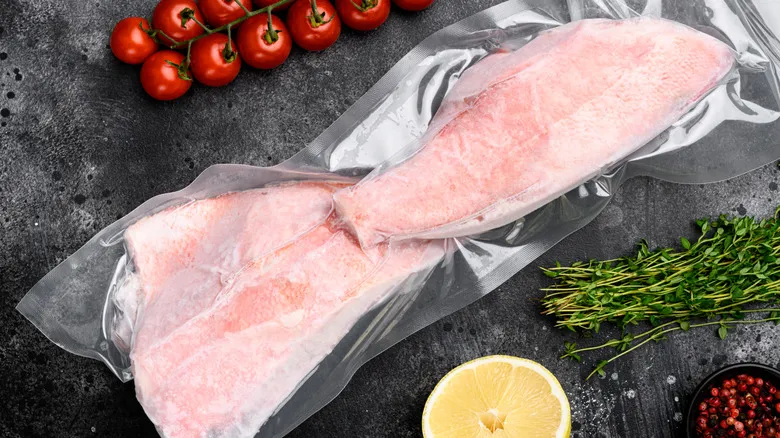Embrace the moisture when cooking frozen fish
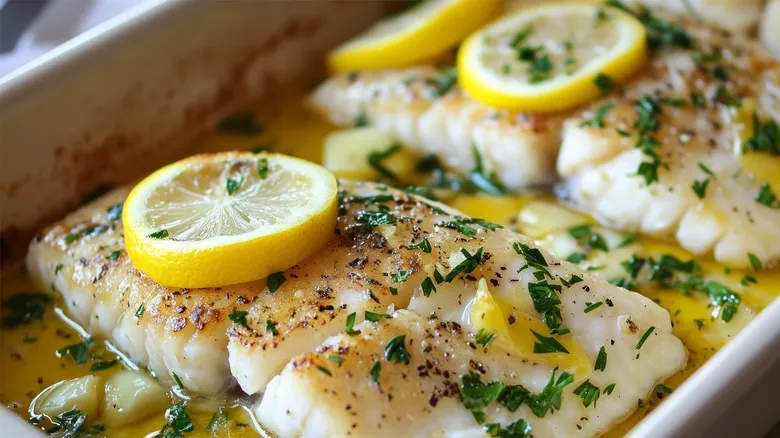
There are several advantages to using frozen fish over fresh fish, although cooking it does require some skill. When preparing a completely frozen piece of fish, the trick is to utilize techniques that prevent excess moisture from negatively affecting the texture and flavor. Methods such as poaching, steaming, baking, or broiling are ideal for this purpose. Baking and broiling, in particular, excel at eliminating excess moisture through evaporation, which enhances the fish's ability to brown. Similarly, steaming retains the fish's flavor without letting moisture interfere, while poaching allows for the addition of ingredients like white wine to elevate the dish to a gourmet level.
However, there are numerous pitfalls to avoid when cooking fish, especially from frozen, so it's crucial to monitor the process closely. Frozen fish typically requires about 50% more cooking time than thawed fish, but be careful not to overcook it. The internal temperature should reach at least 145 degrees Fahrenheit, and the fish should flake easily with a fork. As a general guideline, add 12 to 15 minutes of cooking time for each inch of thickness of the frozen fish. Keep a close watch on the fish during this period, particularly if you're working with a thinner fillet that cooks more rapidly.
Recommended

Thinking Of Grinding Your Own Burger Meat? Don't Skip This Chilling Hack
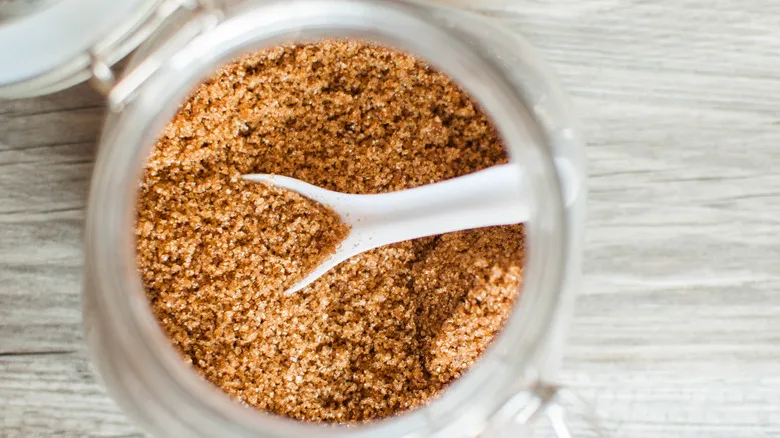
Say Goodbye To Hard Brown Sugar With One, Easy Storage Hack
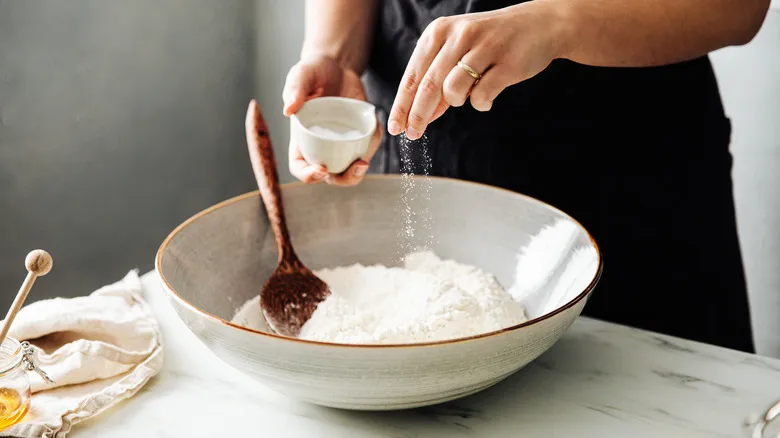
Pinch Vs Dash: What Exactly Do These Vague Measurements Mean?
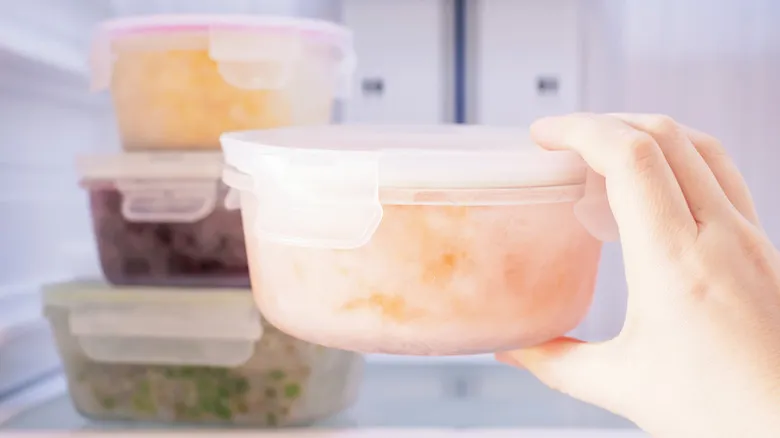
The Step You Should Never Skip When Freezing Leftovers
Next up

